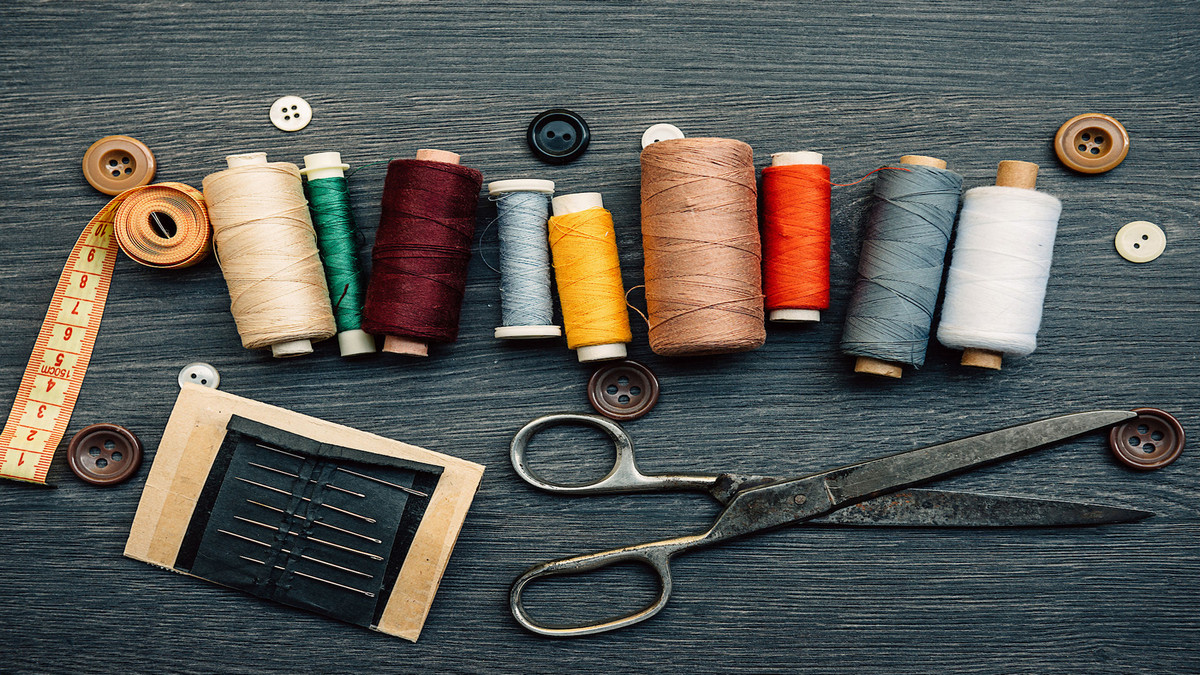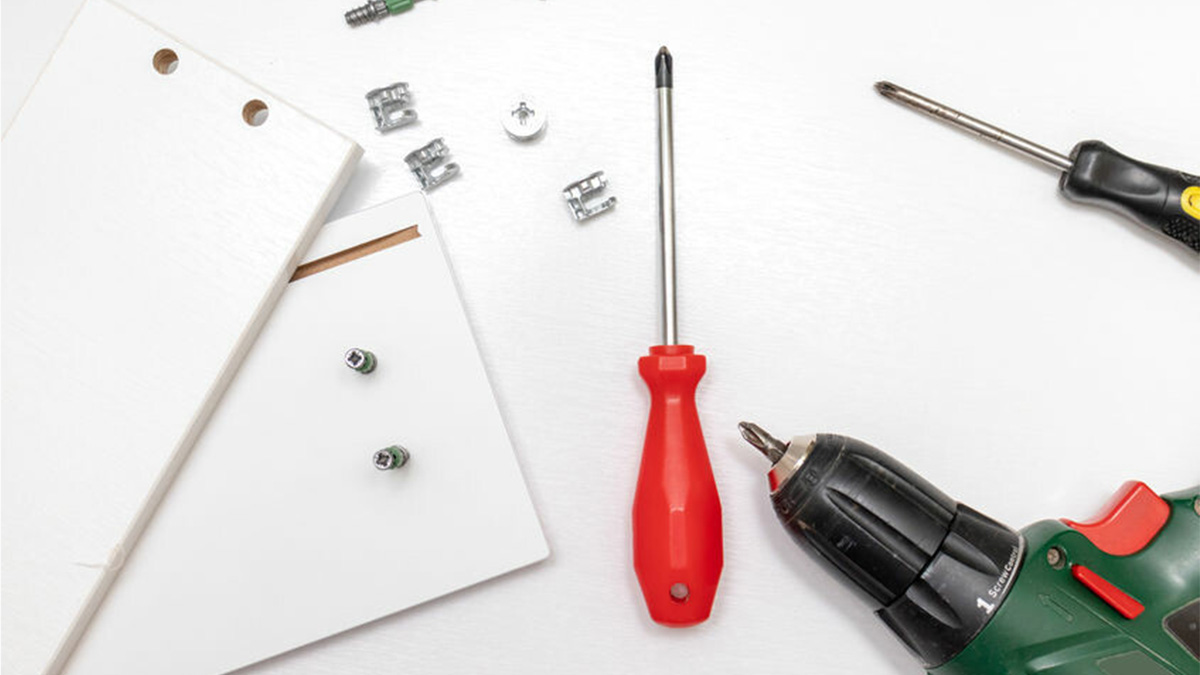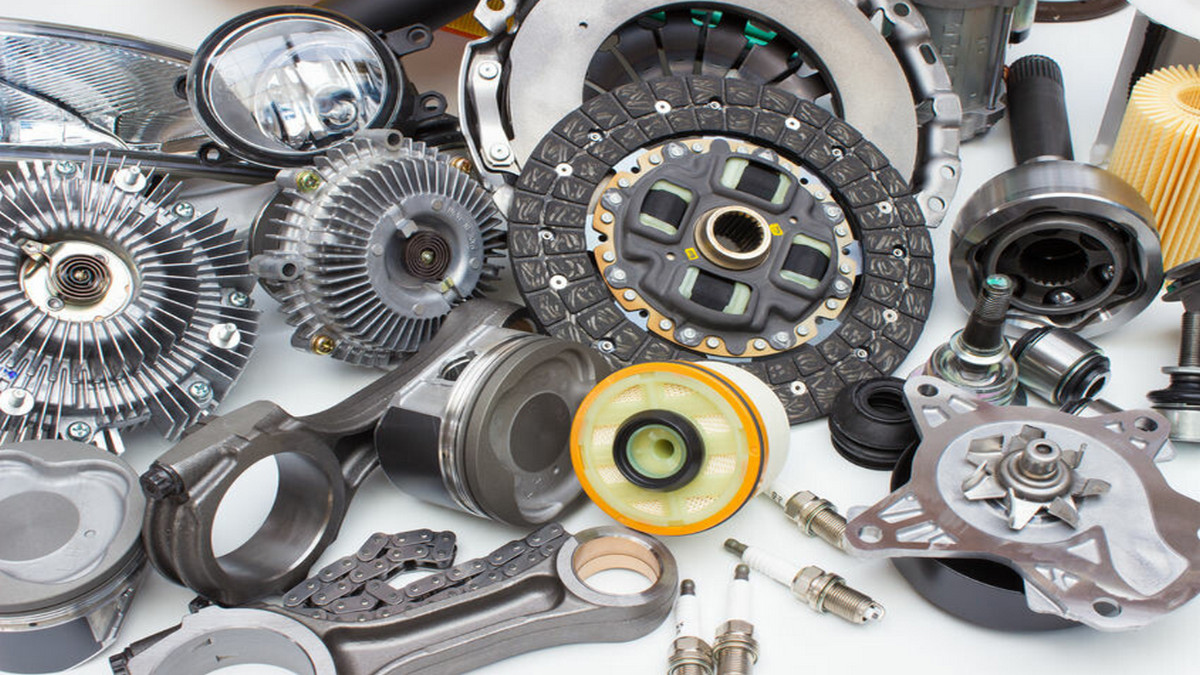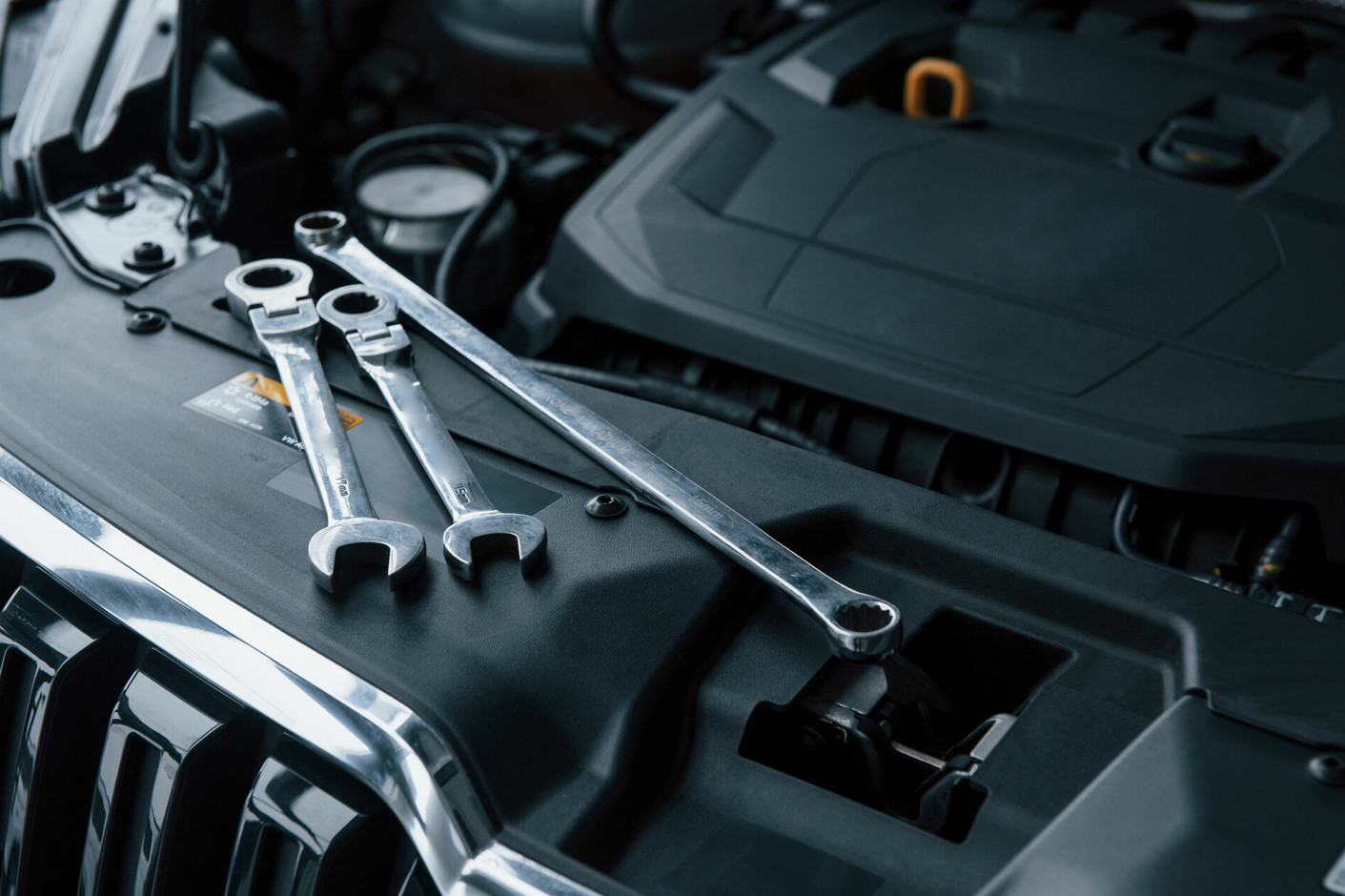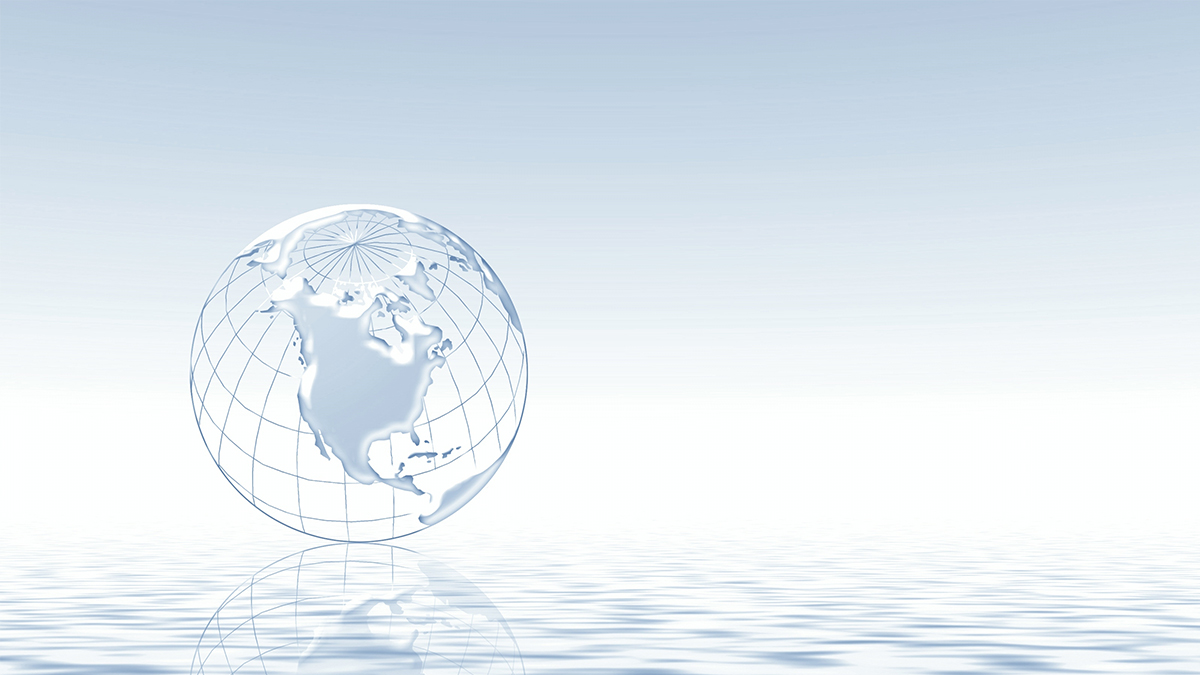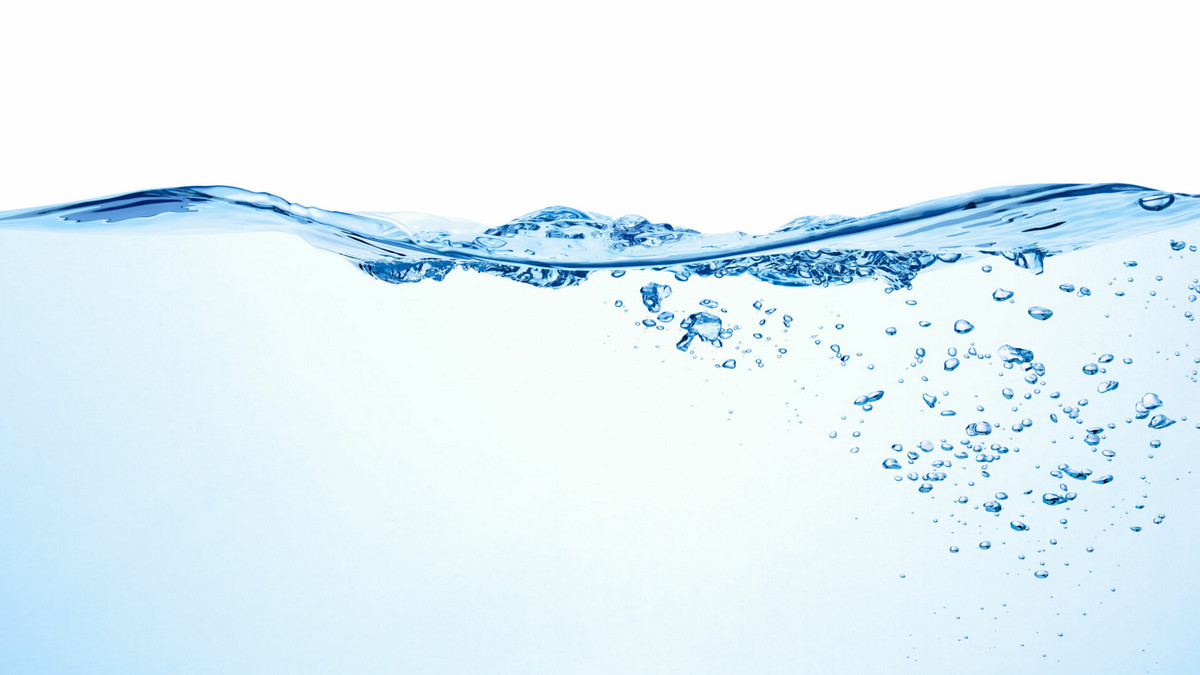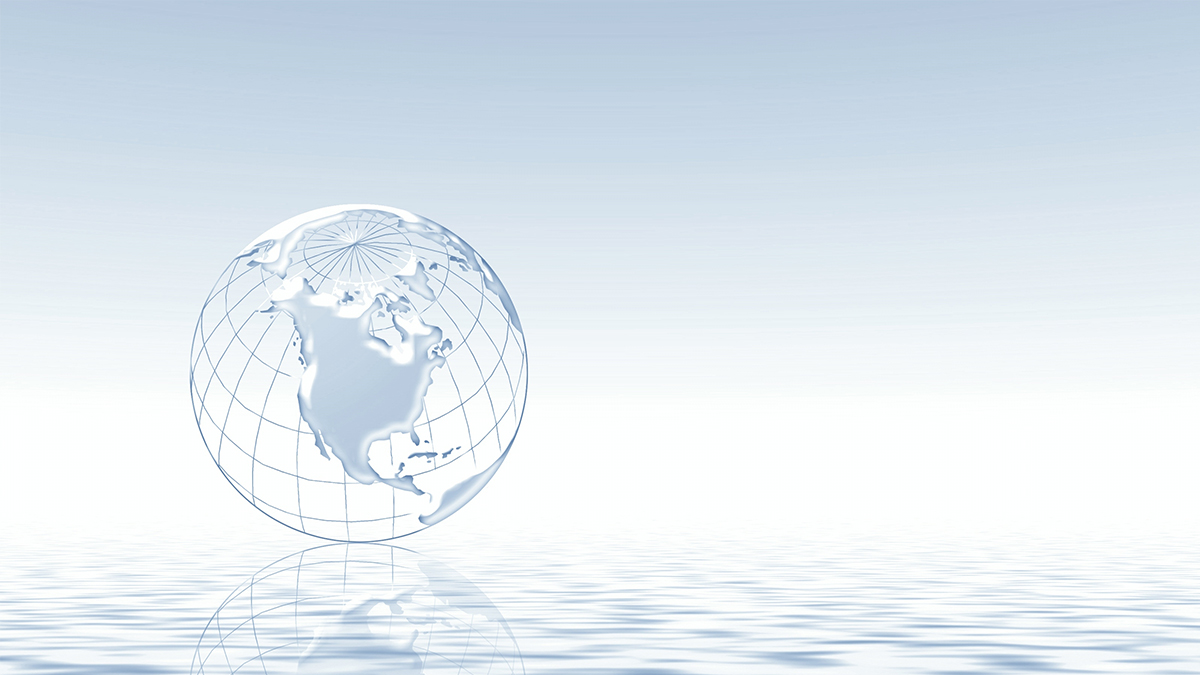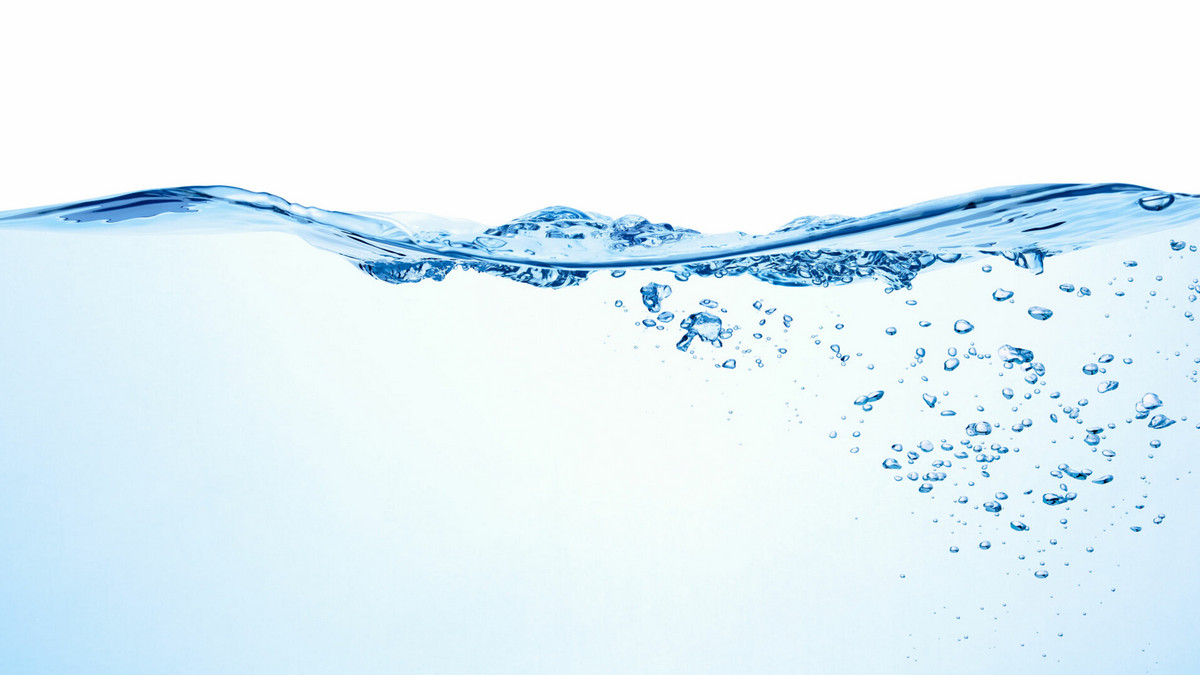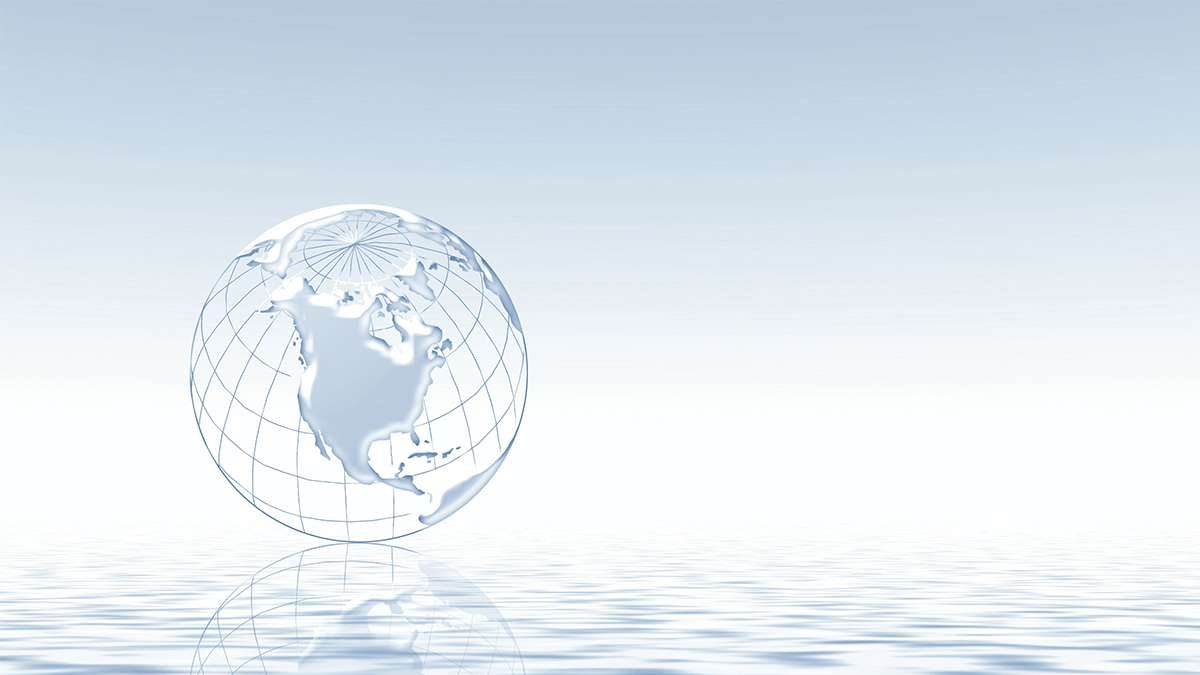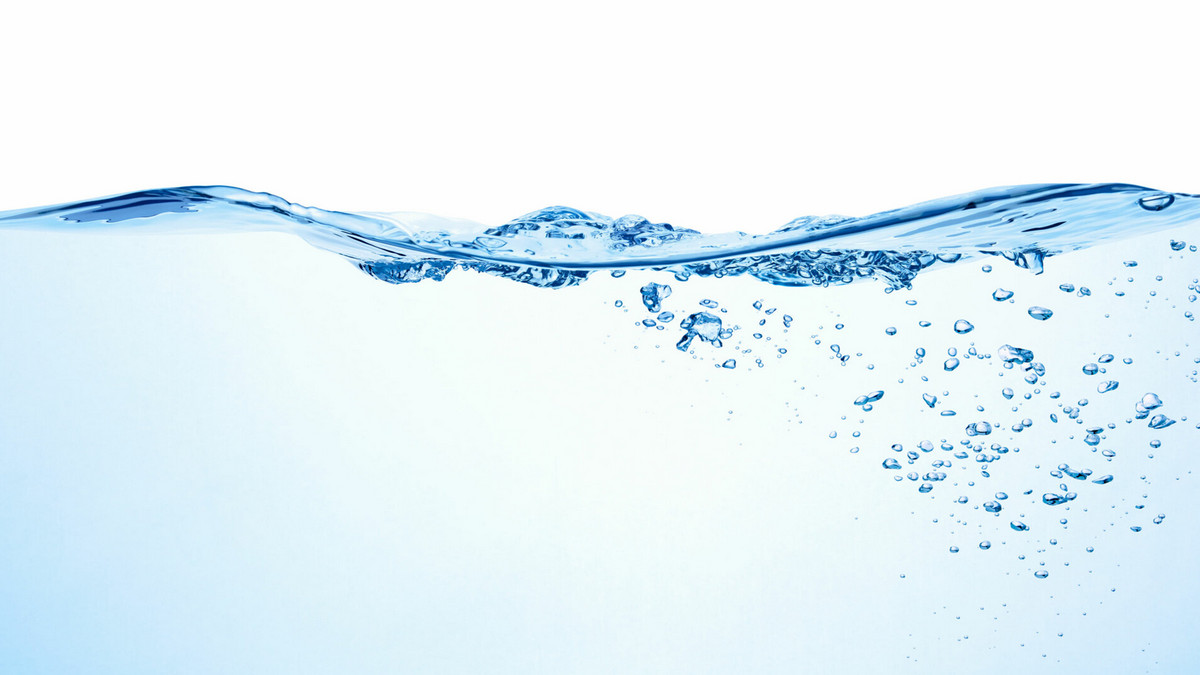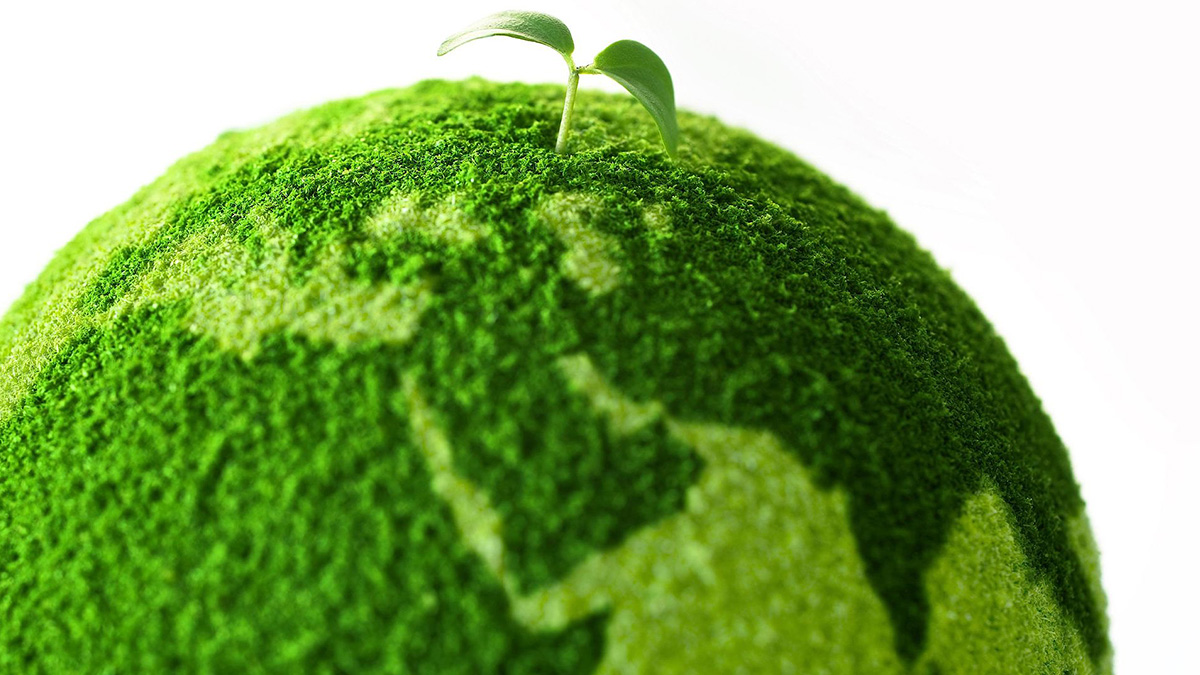The upstream of the textile industry chain is the petrochemical raw material. After being manufactured into nylon fiber, polyester fiber, rayon fiber, carbon fiber and other human fiber products, it is spun into yarn, then woven into cloth, and then bleached, dyed, printed, Dyeing and finishing procedures such as coating, finishing, tailoring and sewing into garment products or other related textile products. The textile manufacturing process can be divided into four stages: fiber, textile, dyeing and finishing, ready-to-wear/home textiles, among which textiles can be further divided into two steps: spinning and weaving: spinning is the transformation of roving into spun yarn. After being sent to the factory, the yarn is inserted into the operation axis of the textile machine table, and the textile machine table pulls the yarn upward and sends it to the textile machine; the next step is the weaving step, at this stage, the shuttle is used in the textile machine. It shuttles back and forth continuously, and finally weaves it into a piece of cloth. After finishing the cloth fabric (including cotton, wool, synthetic fiber, etc.) into a box, it can be sent to downstream manufacturers for post-processing to form a textile industry chain.
The textile industry belongs to the people's livelihood industry and is also one of the light industries; textiles (textiles, textile materials) are not only daily necessities, but also basic materials or accessories that other industries need to apply more or less, even it is one of the manifestations of history and culture.
The scope of the textile industry is quite extensive. If we count the textile-related industries according to the combination of raw materials, processes, products, management and information, it is believed that there are more than 15,000. The complete textile industry can be divided into six categories according to key processes and products: textile fiber industry, textile yarn industry, textile fabric and nonwoven industry, textile dyeing, printing and finishing industry, textile final product industry and related mechanical and electrical, chemical and instrument machinery industries.
Depending on the type and characteristics of textile fibers, each has its own unique production method. For example, cotton needs to be rolled to remove cotton seeds, silkworm cocoons need to be selected, wool needs to be washed to remove sand and grease, and linen needs to be processed. Degumming, etc., can proceed to the next spinning process.
The yarn industry that continues the textile fiber industry is an industry that processes textile fibers as the main raw material. After textile fibers are made into yarns, if weaving, knitting, weaving and braiding are homophonic and synonymous; they can also be called braiding, tufting, netting and lace making to weave fabrics, which is the fabric industry; the industry of weaving, directly pressed into cloth, is the nonwoven industry; the fabric industry and the nonwoven industry are the main cloth-making industries.
The knitting industry is a rather unique part of the textile industry, which can be mainly divided into the knitted fabric industry and the knitted finished product industry. Generally speaking, factories that produce knitted fabrics do not produce woven fabrics, and different knitted fabrics or finished products require independent machines and technologies to produce them. For example, a machine that makes socks cannot be used to make sweaters. According to the manufacturing process, knitted fabrics belong to the category of the fabric industry, and knitted products such as sweaters and socks belong to the scope of the final product industry.
As for the printing and dyeing industry that runs through the textile process, it includes dyeing and textile printing, which are carried out by their related equipment respectively. The main purpose of dyeing and printing is to impart color to textiles and make them more attractive. Textile finishing is an additional treatment done on most fabrics before use in order to give the fabric the properties required by the customer.
From the various textile processing processes, we can know the complexity of the textile industry and the richness of the technology and human resources to be applied. In practice, the textile industry structure also covers related industries such as textile machinery, industrial information, pollution control, analysis and identification, production management, textile chemicals, etc., in order to form a more complete textile industry. Therefore, the textile industry (or textile industry) is an industry with comprehensive characteristics such as science (mainly physics, chemistry, biology, economy, and humanities), engineering technology and art. Another point that needs to be explained is that the textile industry is an industry that develops synchronously with human civilization; all kinds of textiles can be processed vertically or applied horizontally across different industries; because the environment and conditions of various countries will change over time, so the connotation of the textile industry in various countries and the niche will change accordingly.


